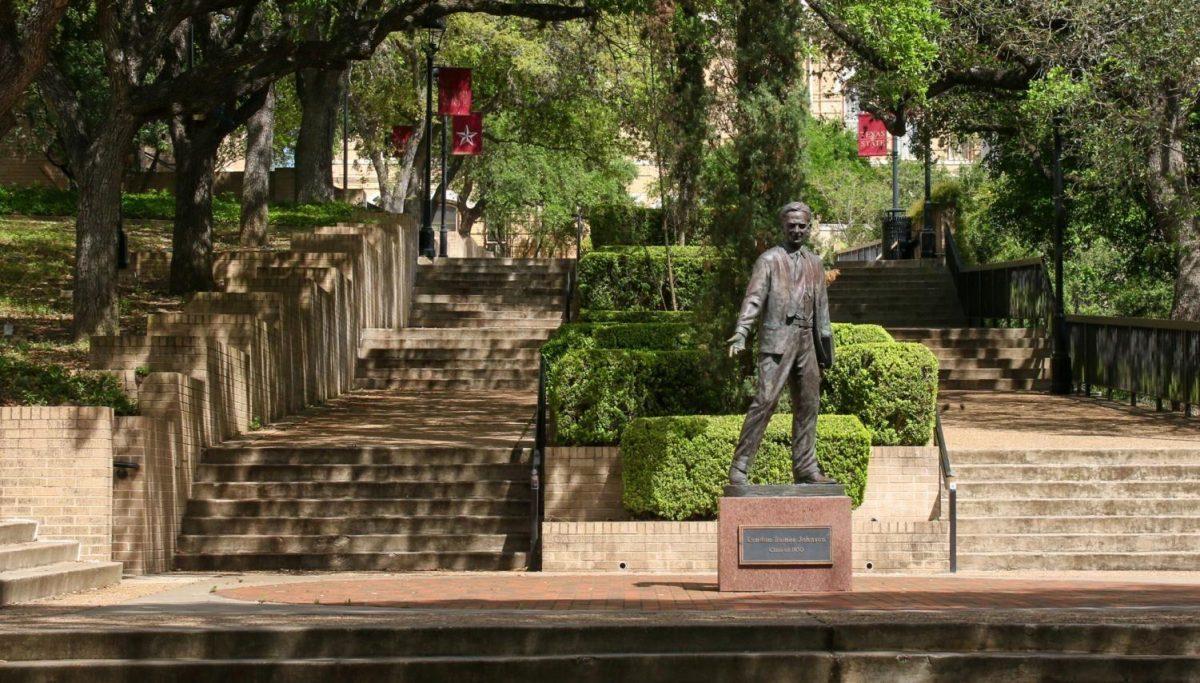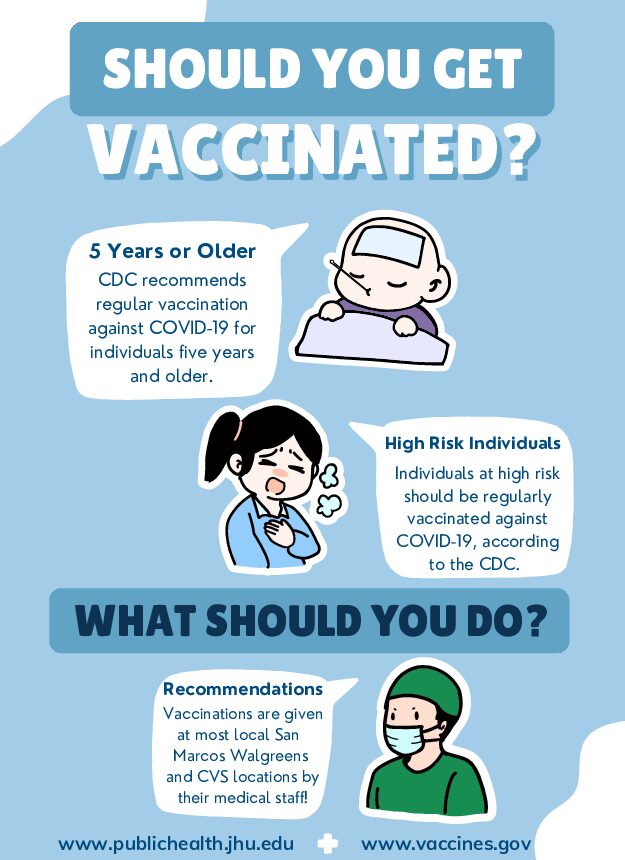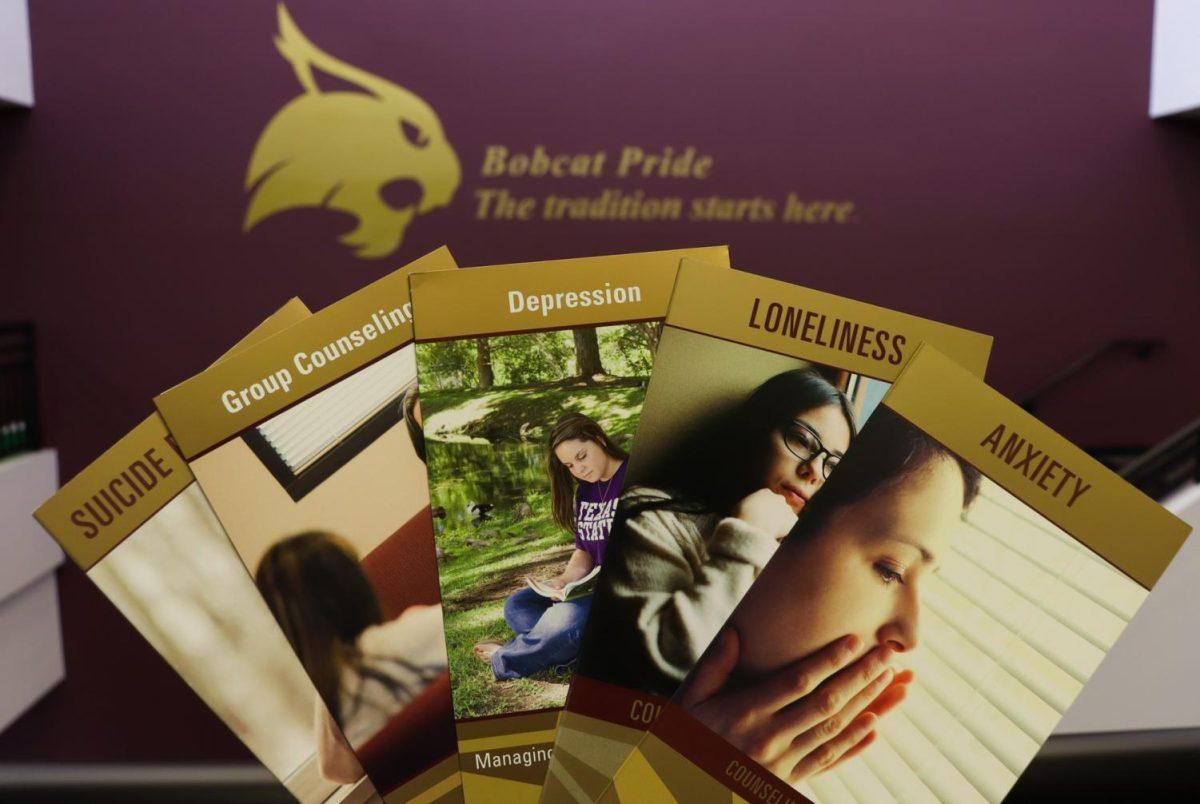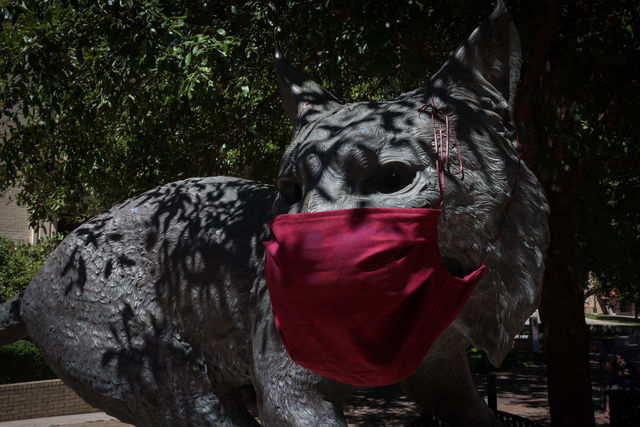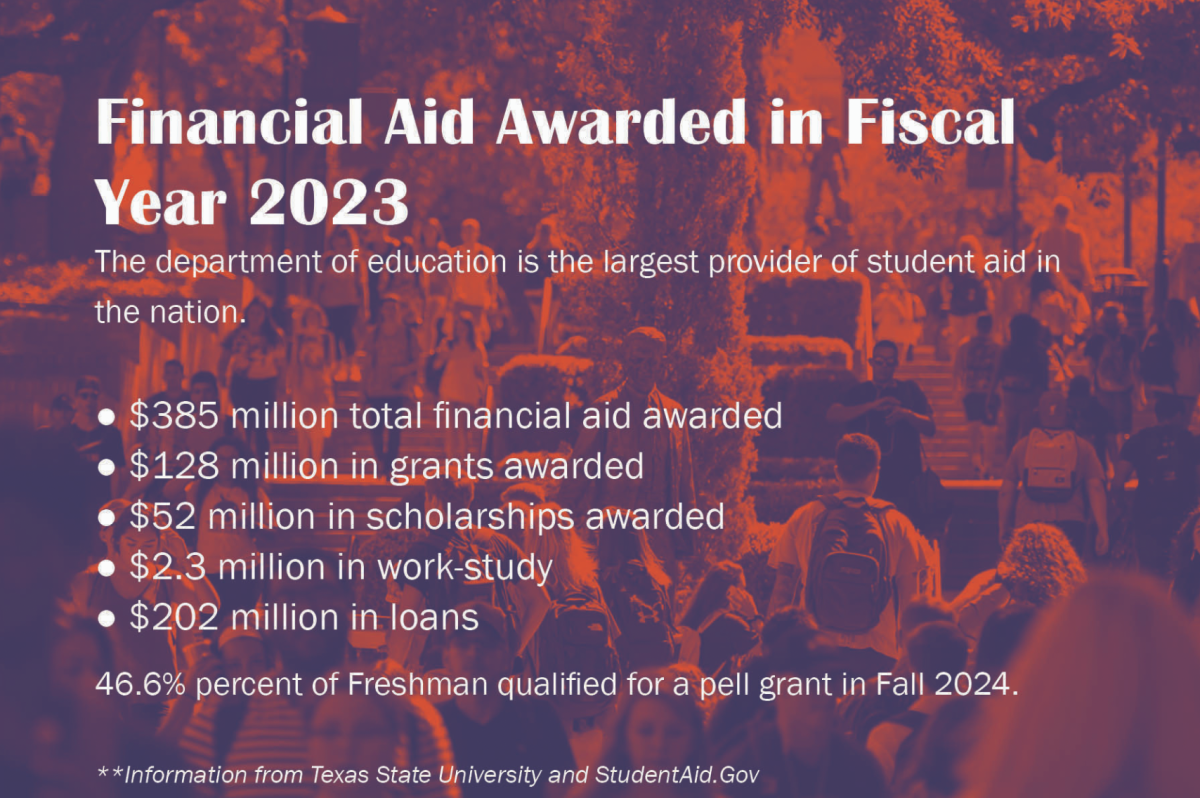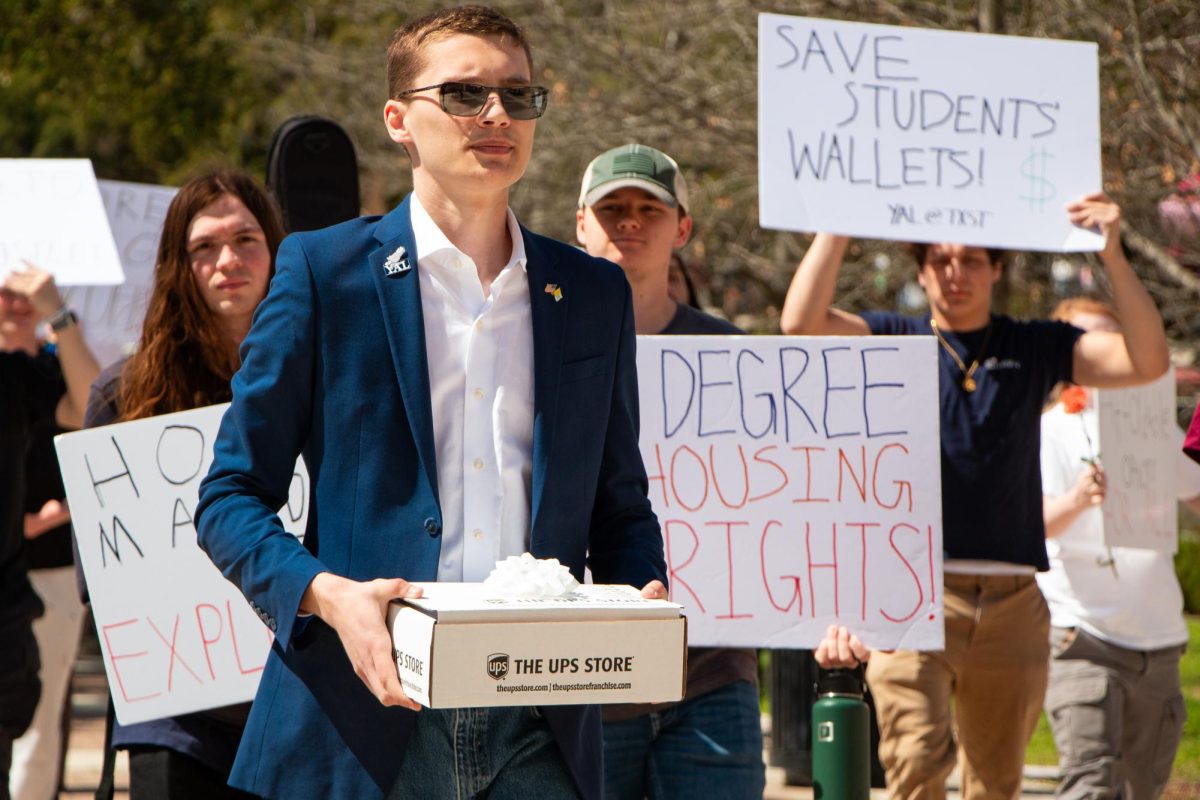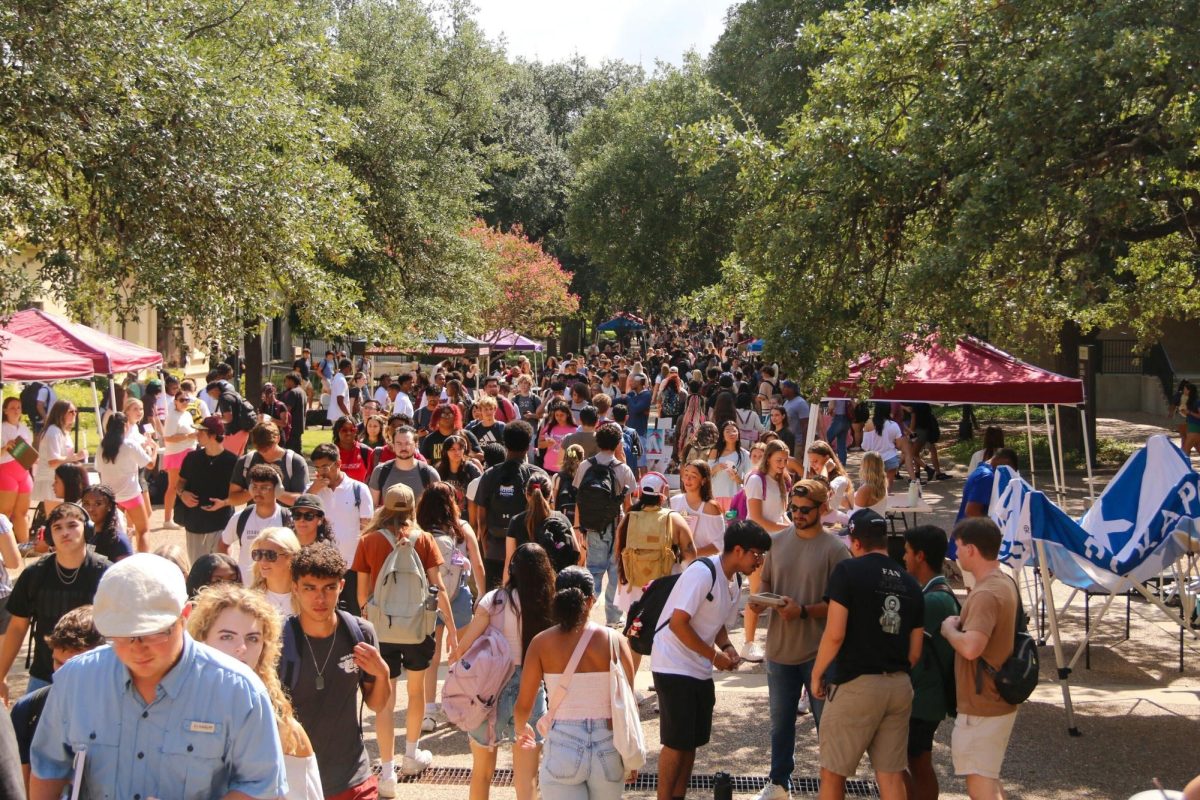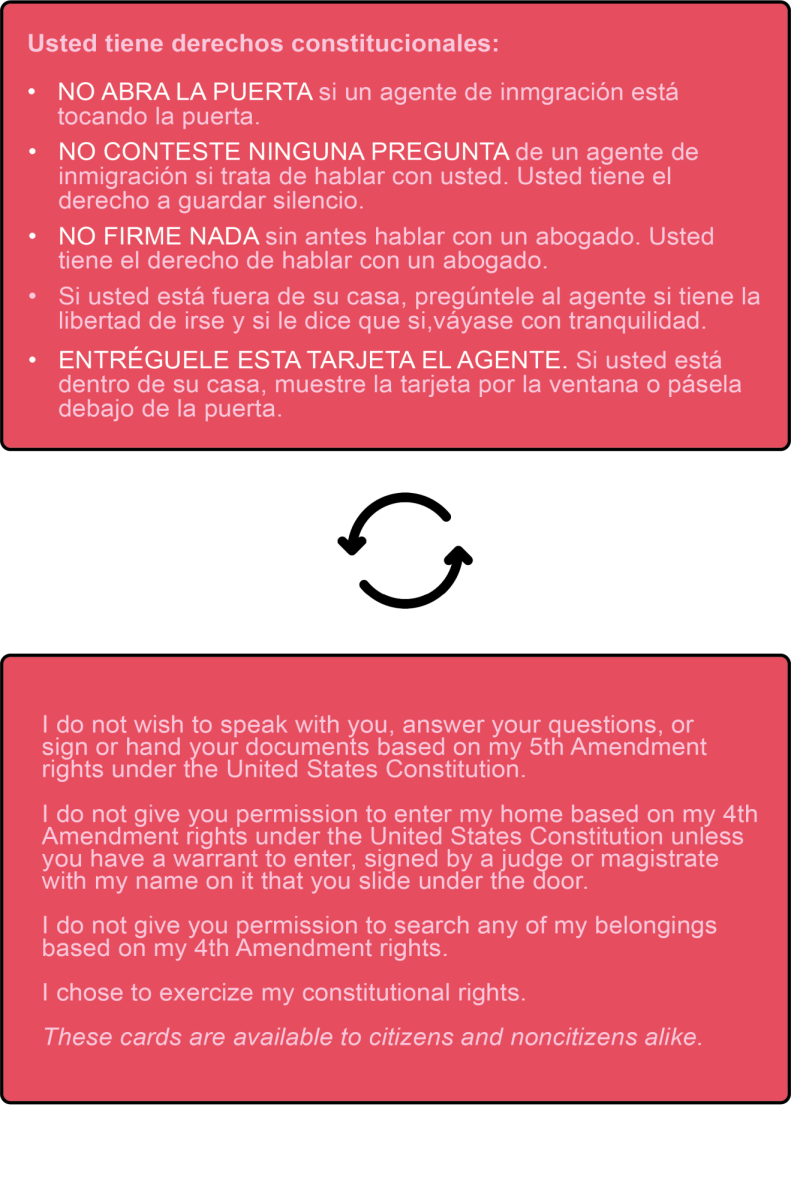The dispersal of the $9.4 million Bobcat Cares grant, intended to provide financial relief to students impacted by COVID-19, was met with mixed responses from students, some grateful for the aid and others not satisfied with the amount of funding they received.
Money for the grants was provided through the federal Higher Education Emergency Relief Fund (HEERF) as part of the CARES Act. Over 15,000 students received funding from the grant, which was distributed to students in two rounds — the first issued to select recipients on March 5 and the second on March 12. Students received between $300 and $800 if deemed eligible.
Director of Financial Aid and Scholarships Christopher Murr says funds were distributed in two rounds in an effort to not overload the office and give the university time to respond to questions and problems students might encounter when receiving grants.
Students were required to apply through the Bobcat Online Scholarship System (BOSS). The application was open from Feb. 15 to March 3.
In contrast, the application for the 2020 Bobcat Cares grant required students to answer a set of questions detailing how the pandemic impacted them financially.
Brittney Heibel, an agriculture graduate student, was granted $450 in the second round of relief funding after months of unemployment. She says she was grateful for the aid.
“COVID has been really hard. I was laid off from my job, and I’ve been unemployed for a couple months,” Heibel says. “As a student, you have a lot of expenses. I pay for classes and books as well as rent and all that is hard to do when you don’t have any income.”
Students who demonstrated exceptional need were prioritized for this allocation of funding, with guidance coming from the U.S. Department of Education.
However, some students reported receiving less money than the previous grant distributed in May 2020. Jacy Moss, a psychology senior, says she received $600 in aid compared to $1,000 in 2020, even though her financial situation had not changed.
“I want to ask them why am I getting less in this grant, and why isn’t the money distributed evenly for everyone. At home it’s just me and my mom, I’m a first-generation student and we make less than $35,000 a year,” Moss says. “How did they divide this up? $600 is just not enough.”
Anna Arocha, a general studies junior, says the $300 she received did not reduce any stress related to her financial situation.
“I wish I didn’t have to worry so much about money, and I could just focus on school. I thought if I got the Bobcat Cares grant it would at least cover some of my semester, but frankly [the] $300 is about what my textbooks cost,” Arocha says.
While some were accepted for the grant, others were not. Charles Douglas, a business marketing junior, says he was frustrated about not receiving any funding.
“I was actually pretty mad about not getting [the grant],” Douglas says. “I was looking at [Twitter], and it’s [millions of dollars]. Are you telling me I couldn’t even get $100 or maybe $200?”
After not receiving Bobcat Cares funding last summer, Jenn Davis, a psychology junior, was skeptical when applying this time around. She was eventually granted $800, which she says surprised her.
“I didn’t have any expectations, I was just hoping for the best and was happy with any kind of relief,” Davis says. “This money is going toward tuition and will help pay for my books.”
Because the money came from the federal government, only U.S. citizens were eligible to receive funding through the Financial Aid and Scholarships office. Murr says non-U.S. citizen students were still eligible for aid if they went through the Dean of Students. About 1% of all money distributed through Bobcat Cares was funded through the Dean of Students for non-U.S. citizens.
“The students that would be eligible [for institutional funds] are those who aren’t eligible for federal aid. These would be [Deferred Action for Childhood Arrivals] students and non-U.S. citizens,” Murr says. “The Dean of Students used institutional funds whereas the funds that [the Financial Aid and Scholarships office] delivers are federally funded and have to meet [government] requirements.”
Murr says students will have additional opportunities to receive Bobcat Cares funding in the summer and fall semesters. The application dates for later grants have not been announced.
“I think there is a wide variety of ways students will use [Bobcat Cares] to help cover their expenses,” Murr says. “It’s important for us to not only get the students the money but get it to them in a very timely fashion.”
For more information on Bobcat Cares visit https://www.txstate.edu/cares.
Categories:
Students convey satisfaction, frustration after Bobcat Cares funding
Arthur Fairchild, News Contributor
March 31, 2021
A file photo of the Lyndon Baines Johnson statue located on Texas State’s campus.
0
Donate to The University Star
Your donation will support the student journalists of Texas State University. Your contribution will allow us to purchase equipment and cover our annual website hosting costs.
More to Discover



